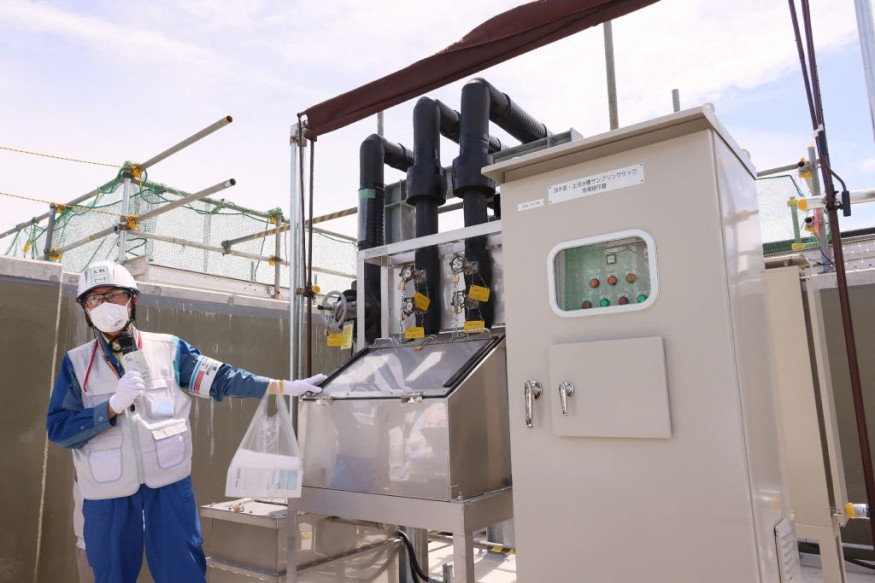
Two personnel at the tsunami-damaged Fukushima Daiichi nuclear power facility were hospitalized after being mistakenly doused with hazardous fluids.
On October 25, a group of workers was cleaning the piping at the Advanced Liquid Processing System (ALPS) when the incident occurred.
The ALPS is a wastewater filtration facility that is critical to the treatment of radioactive wastewater that accumulates on the plant and its continuous discharge into the sea.
Hazardous Incident
A temporarily fitted drainage pipe that drains contaminated cleaning fluid from a receiving tank became unstuck. While the hose was promptly relocated, two workers were splattered with waste fluid as it became dislodged, causing body contamination.
Two others were contaminated while cleaning up the spill, while a fifth remained uncontaminated. None of the personnel tested positive for bodily ingestion, and they showed no evidence of chemical or radiation burns.
All of the contractors were wearing personal protective equipment (PPE) such as body suits, layered socks and gloves, and full-face masks when they were taken to a local emergency facility for testing. One worker merely wore a body suit to assist in cleaning up the spill.
The two individuals who cleaned up the incident were properly decontaminated and allowed to leave the restricted area. The two who were first splashed, however, were unable to be decontaminated below the threshold level (4 bq/cm2) and were sent to a nearby hospital.
They are advised to stay in the hospital for two weeks while decontamination measures are carried out. Doctors think the likelihood of skin harm is low, according to the plant's operator, Tokyo Electric Power Company (TEPCO).
One of the hospitalized workers, in his twenties, was found to have exposures throughout his body except for his face, while the other, in his forties, had exposures in his stomach.
Read Also : Water from Fukushima Nuclear Plant to be Released Into the Ocean: Japan Says Safe, Marine Lab Disagrees
Site Decontamination
TEPCO has concluded that the end of the hose was blasted out of the intake tank due to a gas burst caused by a reaction between the cleaning agent (nitric acid) and carbonate that had accumulated in the pipes since the event.
They were already directed by Japan's Ministry of Economy, Trade, and Industry to take all necessary precautions to ensure the safety of the decommissioning work and to prevent future occurrences.
TEPCO has established efforts to prevent recurrence by optimizing the position where the hose is secured and ensuring that the work foreman and management confirm it is appropriately secured in the correct position before beginning tasks.
Another preventative approach is for all workers to wear the appropriate PPE for tasks, even if they will not be working with liquids.
The incident occurred just two days after TEPCO completed the second discharge of treated wastewater from the Fukushima nuclear facility into the Pacific Ocean, despite continued public and environmental opposition.
They began the contentious wastewater discharges from Fukushima Daiichi, which suffered triple meltdowns following the 2011 quake and tsunami, on August 24.
The releases, which are projected to last for decades, have been hotly opposed by fishing groups and neighboring countries, particularly China, which has instantly banned all Japanese seafood imports.
Related Article : Fukushima to Release Over a Million Cubic Meters Water From Nuclear Plant; Officials Urge Locals Stop Swimming
© 2025 NatureWorldNews.com All rights reserved. Do not reproduce without permission.





